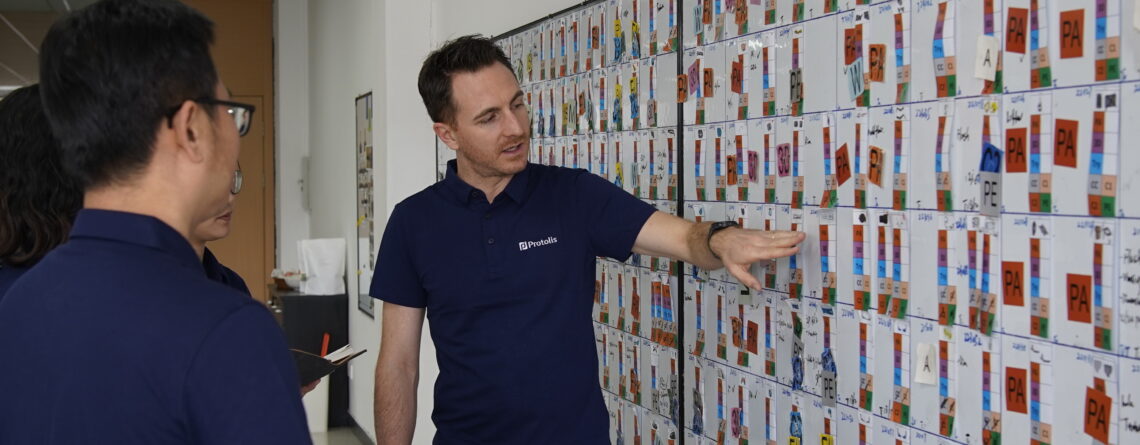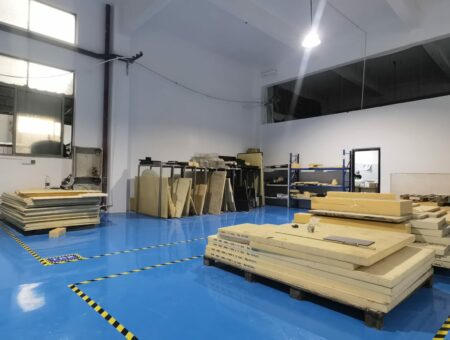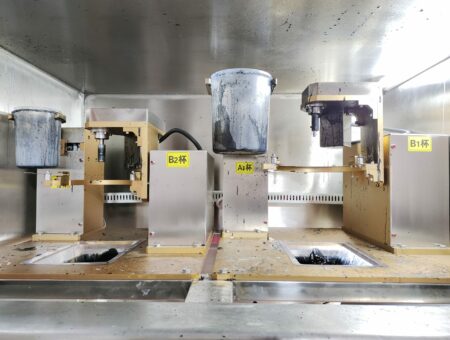Keeping Your Lead Time Under Control: Tips for Small Series and Prototyping Production
Efficiency in lead time is a critical aspect of small series production. Optimizing production workflows is key to reducing lead times and improving overall operational efficiency.
What is a lead time for rapid prototyping? How long does it take to make a prototype?
In this article, we will explore the factors that affect lead time and share strategies for streamlining production workflows in small series and prototype manufacturing.
What is Production Lead Time
Lead time refers to the duration required to develop a prototype or a part from the initial design phase to its completion. The time it takes to make a finalized product can vary depending on factors such as complexity, size, materials, and manufacturing processes involved. However, with the right approach, lead times for prototyping can be significantly reduced.
Key Factors Affecting Production Lead Time
1. Material Selection: Choose the Right Properties
When it comes to evaluating material selection for small series or rapid prototyping, it’s essential to consider factors such as the properties of the material, its compatibility with the prototyping method, and its availability.
The choice of material can impact lead time, as different materials may require specific processing techniques or have varying availability.
- Product Requirements: Consider the specific requirements of the prototype, such as strength, flexibility, or aesthetic appearance. Choose a material that best suits these requirements while considering its lead time implications.
- Material Availability: Assess the availability of the chosen material. Some materials may be more readily accessible and have shorter lead times for sourcing and delivery.
- Material Compatibility: Select materials that are compatible with the chosen prototyping method. Some methods, such as 3D printing, may have specific material requirements and limitations
2. Preparation Time: With or Without Tooling?
Before commencing manufacturing, certain preparations are necessary, such as programming and machine setup. The required preparation time varies based on the production method employed.
- Production Methods without Tooling: Production methods like 3D printing and CNC machining typically require a few hours of setup time for machine programming.
- Production Methods with Tooling: For production methods involving tooling, such as vacuum casting, sheet metal forming, injection molding, compression molding, and extrusion, the preparation time can range from 2 to 45 working days, depending on the technology and mold requirements.
3. Part Production: Choose the Right Technology and Machinery
Most importantly, the lead time is influenced by technologies. The cycle time or production time for each part varies significantly based on its size and complexity.
Here are some reference time frames to consider:
- 3D Printing & CNC machining: a few hours to 1 day.
- Vacuum casting & Sheet metal forming: a few hours to 1 day.
- Injection molding, compression molding, and extrusion: a few minutes.
In conclusion, the lead time required for small series and prototyping production can range from a few hours to several days or even weeks. By leveraging material selection, preparation time and part production, businesses can reduce lead times.
Feel free to provide us with more specific details or questions. Our team of experts is here to help you and provide the guidance you need.



